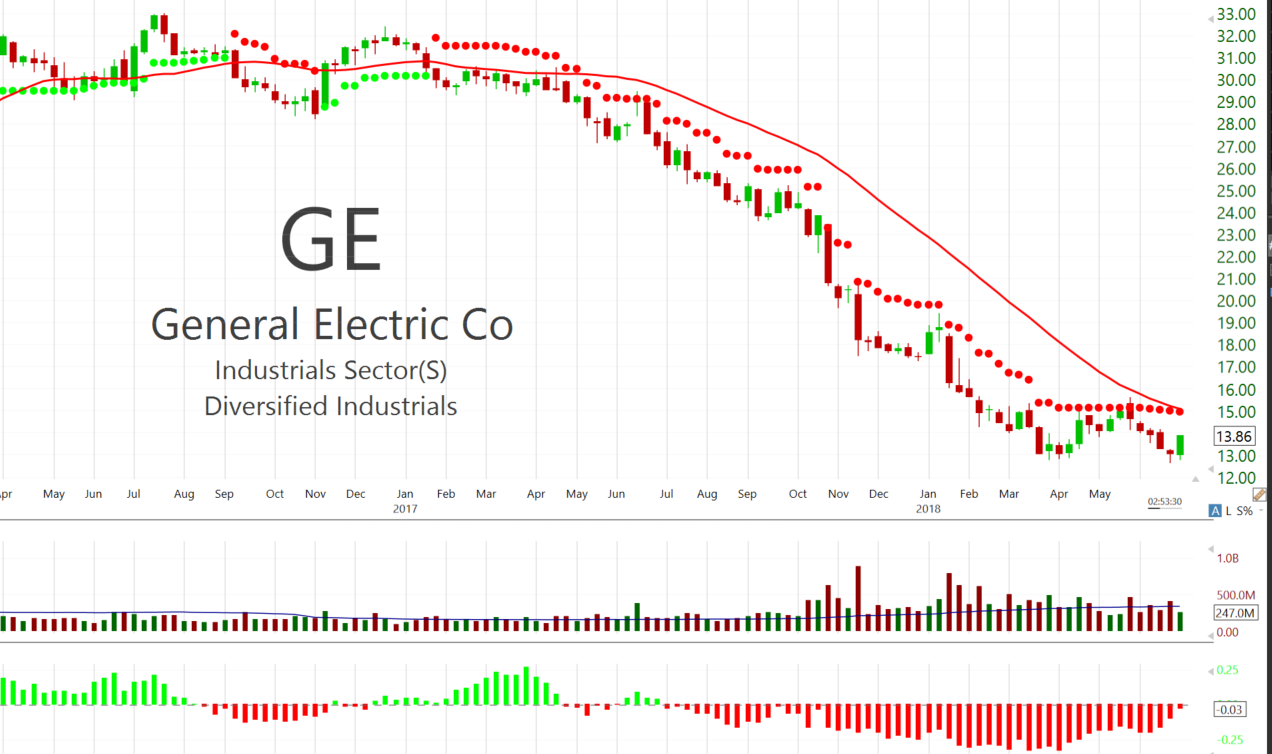Ge Graph
Download higher resolution chart (4167 pixels by 3333, 600 dpi)
Ge Graphene
GE-Graph was developed to generate graphs from kml files saved by Google Earth. The data can also be typed into the application or pasted from other applications. The file generated by GE-Graph can be exported to Google Earth. Make Bars graph. Make graph with geometrical shapes (circles, squares, triangles, etc). Open the data in GE-Graph (click on image for larger view): Graph of Type: Flat (pinned to the ground, with colors describing the data value) or 3D (Polygons, with the number of sides set by the dropdown). You can also link data to a custom KML polygon file (e.g. State borders), and use those as the plotted shapes. The behavior you're seeing is actually due to a loss in precision in the REST APIs. Most date fields (including receivedDateTime) are actually stored with more precision than second. What's happening currently is that your request is being translated to a query where the receivedDateTime 14.
- Looking to buy and sell in Gielinor? Check out the Grand Exchange marketplace to find the current market movers, prices, and most traded items.
- GE-Graph is a small Windows application designed specifically for helping you generate graphs from KML files created via Google Earth. The GUI looks crowded so you may need extra.
Genetically Engineered (GE) seeds were commercially introduced in the United States for major field crops in 1996, with adoption rates increasing rapidly in the years that followed. Currently, over 90 percent of U.S. corn, upland cotton, and soybeans are produced using GE varieties. GE crops are broadly classified in this data product as herbicide-tolerant (HT), insect-resistant (Bt), or stacked varieties that are a combination of both HT and Bt traits. Although other GE traits have been developed (such as virus and fungus resistance, drought resistance, and enhanced protein, oil, or vitamin content), HT and Bt traits are the most commonly used in U.S. crop production. While HT seeds are also widely used in alfalfa, canola, and sugar beet production, most GE acres are planted to three major field crops: corn, cotton, and soybeans.
Herbicide-tolerant (HT) crops, which tolerate specific broad-spectrum herbicides (such as glyphosate, glufosinate, and dicamba), provide farmers with a broad variety of options for effective weed control. Based on USDA survey data, the percent of domestic soybean acres planted with HT seeds rose from 17 percent in 1997 to 68 percent in 2001, before plateauing at 94 percent in 2014. HT cotton acreage expanded from approximately 10 percent in 1997 to 56 percent in 2001, and reached a high of 95 percent in 2019. Adoption rates for HT corn grew relatively slowly immediately following the commercialization of GE seeds. However, adoption rates increased following the turn of the century. Currently, approximately 89 percent of domestic corn acres are produced with HT seeds.

Ge Graphics
Insect-resistant crops, which contain genes from the soil bacterium Bt (Bacillus thuringiensis) and produce insecticidal proteins, have been available for corn and cotton since 1996. Domestic Bt corn acreage grew from approximately 8 percent in 1997 to 19 percent in 2000, before climbing to 82 percent in 2020. Bt cotton acreage also expanded, from 15 percent of U.S. cotton acreage in 1997 to 37 percent in 2001. Currently, 88 percent of U.S. cotton acres are planted with genetically engineered, insect-resistant seeds.
Increases in adoption rates for Bt corn may be due to the commercial introduction of new varieties resistant to the corn rootworm and the corn earworm (prior to 2003, Bt corn varieties only targeted the European corn borer). Adoption rates for Bt corn may fluctuate over time, depending on the severity of European corn borer and corn rootworm infestations. Similarly, adoption rates for Bt cotton may depend on the severity of tobacco budworm, bollworm, and pink bollworm infestations.
The figures below illustrate increases in adoption rates for stacked varieties, which have both (in some cases, multiple) HT and Bt traits. Adoption of stacked varieties has accelerated in recent years. Approximately 83 percent of cotton acres and 79 percent of corn acres were planted with stacked seeds in 2020.
Download higher resolution chart (4167 pixels by 3333, 600 dpi)
Osrs Ge Graph
Download higher resolution chart (4167 pixels by 3333, 600 dpi)

Make Bars graph
Make graph with geometrical shapes (circles, squares, triangles, etc).
Set the shape size according to each placemark value
Also set the shape color according to a placemark value
Graph's title and color scale as GE screen overlays
Different choice of label content (place name and/or value)
Different color scales to be chosen
Paste files from other applications (Word, Excel, Access,...)
Export data to Excel
Sort and filter placemark data (coordinates, names and value)-not for shape files
Save file as kmz
Choose minimum and maximum values for color scale
Transform values to square root
Compatible with GE4 and kml 2.1
Read polygon kml file (territory borders, etc)
Draw bars with any regular polygon form
Reorder coordinates sequence (if necessary) to show right fill colors
Automatic set (and restore on exit) the decimal separator (if necessary)
Custom color scale
Choice to position the title and color scale (top/botton)
Save and load Options file